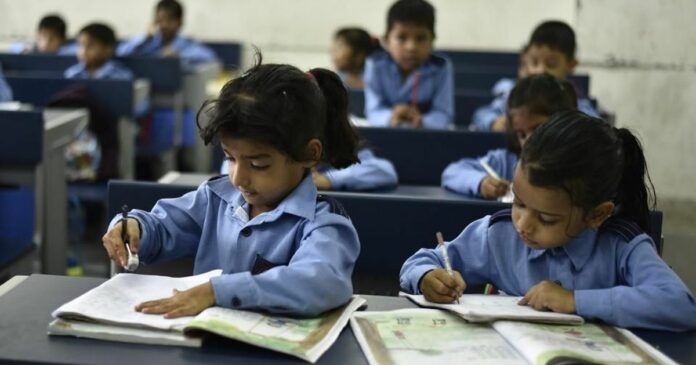In India, the cost of education is continuously rising to make it difficult to keep up with the rising fee structure and other costs associated with higher education. As a result, it is critical for parents to begin investing as soon as possible, even if it is with a modest sum.
For their future investments, many parents purchase gold or real estate. However, it must be ensured that if any asset is built it is liquidated for the purpose for which it was intended. A significant portion of the portfolio should be liquid assets.
There are some things parents should always bear in mind before determining where to invest and how to grow their investment for their child’s education:
Even if a preliminary estimate is used, education inflation is estimated to be around 10% to 12%. As a result, parents should have defined financial goals since strategic investment strategies will be established based on them.
Consider the following choices for safely securing your child’s education:
Public Provident Fund:
It is a long-term investment option that offers a competitive rate of interest and returns on investment. PPF now has a compounded yearly interest rate of 7.1 percent.
Because it is controlled by the government and has a 15-year lock-in period, it is one of the safest investments. This option enables a minimal investment of Rs 500 and a maximal investment of Rs 1.5 lakh every financial year.
Sukanya Samiriddhi Yojana:
The government introduced this scheme in 2014 for girl children under the age of ten. This scheme requires a minimum investment of Rs 1,000 and a maximum investment of Rs 1.5 lakh per year.
The current yearly interest rate is 7.6% compounded annually. The payment period is 15 years, whereas the account’s maturity duration is 21 years.
Mutual funds:
Mutual funds are a collection of stocks and debts in which your money is kept and managed by a professional.
For the long run, equity funds are preferable, as they allow you to invest in large-cap, multi-cap, mid-cap, or small company stocks, depending on your risk tolerance.
Hybrid funds, which invest in equities and fixed income, are better suited for a child’s education. When you need to withdraw money, you can switch to bank loans so that the sum you want at the required time is not affected by market volatility.
The recurrent nature of SIPs assists in building a discipline in investing regularly for a large corpus that is needed for the child’s education.
Thus, even in an emergency, a child’s education should not be jeopardized. So, for all kinds of crises, arrange for medical insurance and life insurance (ideally term insurance), and try not to touch your child’s education investment plans.
Follow and connect with us on Facebook, LinkedIn & Twitter

